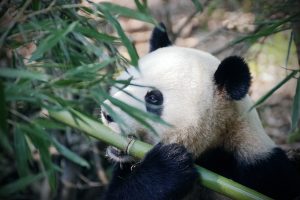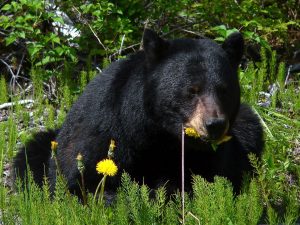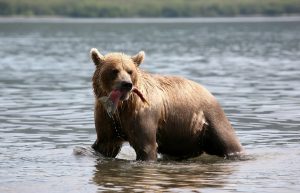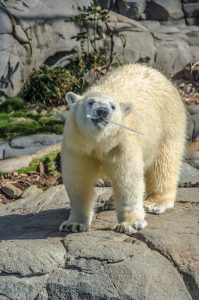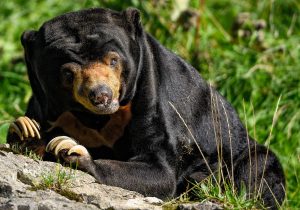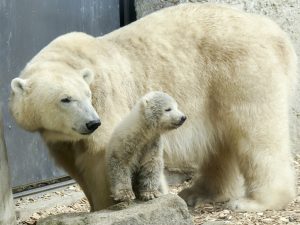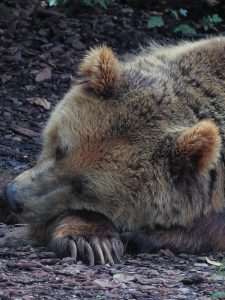
Bear Diets
Bear diets are diverse and adaptive, reflecting the ecological niches and environments each species inhabits. As members of the family Ursidae, bears are generally omnivorous, but their specific dietary preferences can vary widely depending on the species and the availability of food sources. This adaptability in their diet plays a crucial role in their survival and ability to thrive in various habitats, from Arctic ice fields to dense tropical forests.
The polar bear (Ursus maritimus) is a prime example of a carnivorous bear, with a diet heavily focused on meat. Living in the Arctic, polar bears primarily hunt seals, utilizing their excellent swimming skills and keen sense of smell to detect prey beneath the ice. They rely on the high-fat content of seal blubber to sustain their energy needs in the extreme cold. Occasionally, polar bears may also scavenge on whale carcasses or hunt other marine mammals, but seals remain their primary food source.
In contrast, the giant panda (Ailuropoda melanoleuca) has a highly specialized herbivorous diet, primarily consuming bamboo. Despite having the digestive system of a carnivore, pandas have adapted to process large quantities of bamboo, which makes up more than 99% of their diet. They have strong jaws and molars to crush the fibrous plant material, and they spend most of their day foraging and eating to meet their nutritional requirements. Occasionally, pandas may eat other vegetation or small animals, but bamboo is their staple.
Brown bears (Ursus arctos), including the grizzly bear subspecies, exhibit a more omnivorous diet, consuming a wide range of foods depending on seasonal availability. During the spring and summer, brown bears forage for berries, roots, and insects. In autumn, they focus on salmon during the spawning season, building up fat reserves for hibernation. Brown bears are also known to hunt mammals such as deer and elk and scavenge on carrion. Their versatile diet allows them to inhabit diverse environments, from coastal regions to mountainous areas.
The American black bear (Ursus americanus) showcases the typical omnivorous nature of bears. Their diet includes fruits, nuts, insects, small mammals, and occasionally fish. Black bears are highly opportunistic feeders and adapt their diet based on what is readily available. In some regions, they may also consume human food sources, leading to frequent interactions with humans. Their ability to eat a wide variety of foods helps them thrive in forests, swamps, and urban areas alike.
Sun bears (Helarctos malayanus), found in tropical forests of Southeast Asia, have a diet that includes fruits, insects, small vertebrates, and honey. Their long tongues are particularly adapted for extracting honey from beehives and insects from tree bark. Sun bears’ diverse diet reflects their environment, where a variety of fruits and insects are available year-round. This dietary flexibility supports their survival in the lush, competitive ecosystems of the tropics.
Bear diets are highly varied and reflect the ecological niches each species occupies. From the carnivorous polar bear to the bamboo-specialist giant panda and the omnivorous brown, black, and sun bears, each species has adapted its feeding habits to its environment. This dietary diversity is key to the bears’ success as a family and highlights the importance of habitat conservation to support their complex nutritional needs.

